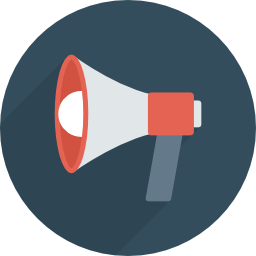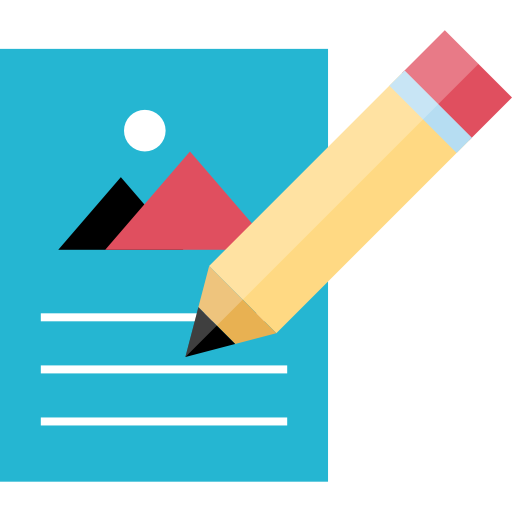


WRITING TIPS
Welcome to the writing tips session!
Remember to read the task in your activity book carefully and make sure you answer the questions proposed and cover the topics asked.
Below you will find some useful information that will help you write a letter or an email.
Formal letter or email

What is the objective of a formal letter/e-mail?
You may need to write a formal letter or email to apply for work, study or scholarship opportunities, to complain about something; to make suggestions about something, to request information, and so on.

What language should you use?
Formal letters require formal language. Make sure you respect the necessary etiquette for addressing people, opening and closing the letter. It is also advisable to use more sophisticated language to distinguish it from informal letters. Remember you normally write these letters to people you may not know personally, and the way you write will influence their perceptions about you.
A successful formal letter/e-mail should…
- start with a proper greeting and end with your signature;
- contain opening and closing statements;
- be straight to the point and clear;
- be persuasive;
- state the action you expect the reader to take.

ORGANIZE YOUR TEXT!
A well-organized text is much more pleasing to read and easy to understand.

Place and date (for letters)

Greeting

First paragraph → Start with a brief statement about yourself (if applicable) and state the reason(s) why you are writing.

Body → Develop your ideas and stick to the reason(s) mentioned in the first paragraph. You should start a new paragraph whenever you start writing about a different topic or idea.

Last Paragraph → Thank the reader for his/her attention and state what action(s) you expect from this person or organization if applicable. You may also point out your willingness and/or availability for a future contact.

Closing statement

Signature
LEARN THE RIGHT LANGUAGE

GREETING/SALUTATION
Dear Sir or Madam (if you do not know the name of the person you are writing to)
Dear (Mr. or Ms. + person’s surname)
OPENING STATEMENT
I am writing in reply to your ad looking for…
I am writing to apply for the position of…
I am writing to complain about…
I am writing to request more information about…
CLOSING STATEMENT
I look forward to your reply
I look forward to receiving a full refund/meeting you in person/our next contact, etc
I would like to thank you in advance for…
If you require further information, please do not hesitate/feel free to contact me.
Should you need further information, please do not hesitate/feel free to contact me.
SIGNATURE
Yours sincerely,
Yours faithfully, (when the reader is not addressed by name)
Informal letter or email

What is the objective of an informal letter/e-mail?
You may need to write a formal letter or email to ask for, give or respond to news, to ask or answer a question, to make or reply to an invitation, to congratulate someone, to ask for a favor, and so on.

What language should you use?
Informal letters or emails allow you to use conversational expressions such as “What’s up?” or “Hey”. Contractions are very common and you can even add a few exclamation marks here and there.
A successful informal letter/e-mail should…
- contain a greeting, an opening statement and a closing statement;
- feel personal, since you are writing to someone you know;
- acknowledge the original message (if it is a reply) and answer the questions in it;
- inquire the reader about his life, plans for the future or specific situations;
- be well organized, with a different paragraph starting whenever the topic changes, even if it’s a light change.

ORGANIZE YOUR TEXT!
A well-organized text is much more pleasing to read and easy to understand.

Place and date (for letters)

Greeting

First paragraph → Opening statement and the reason why you are writing. If it is a reply, mention the original message here.

Body → Develop your ideas and stick to the reasons mentioned in the first paragraph. You should start a new paragraph whenever you start writing about a different topic or idea.

Last paragraph → Conclude and invite a reply if necessary. Make plans for a future meeting and state your wishes related to forthcoming events.

Closing statement

Signature
LEARN THE RIGHT LANGUAGE

GREETING
Dear friend/colleague/person’s first name
OPENING STATEMENT
How are things?
How are you?
How have you been?
How are the kids?
I hope you this (letter) finds you well.
CLOSING STATEMENT
I look forward to seeing/hearing from you.
I can't wait to see you soon.
I can't wait to hear from you.
See you soon.
Send my love to. . .
Give my regards to. . .
SIGNATURE
Best wishes,
Kindly,
Kind regards,
Best regards,
Warm(est) regards,
Love,